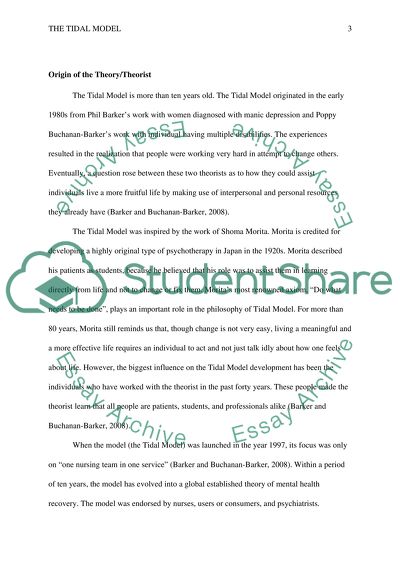Cite this document
(“The Tidal Model of Mental Health Recovery: by Theorist Phil Baker Essay”, n.d.)
Retrieved de https://studentshare.org/nursing/1452146-the-tidal-model-of-mental-health-recovery-by
Retrieved de https://studentshare.org/nursing/1452146-the-tidal-model-of-mental-health-recovery-by
(The Tidal Model of Mental Health Recovery: By Theorist Phil Baker Essay)
https://studentshare.org/nursing/1452146-the-tidal-model-of-mental-health-recovery-by.
https://studentshare.org/nursing/1452146-the-tidal-model-of-mental-health-recovery-by.
“The Tidal Model of Mental Health Recovery: By Theorist Phil Baker Essay”, n.d. https://studentshare.org/nursing/1452146-the-tidal-model-of-mental-health-recovery-by.


